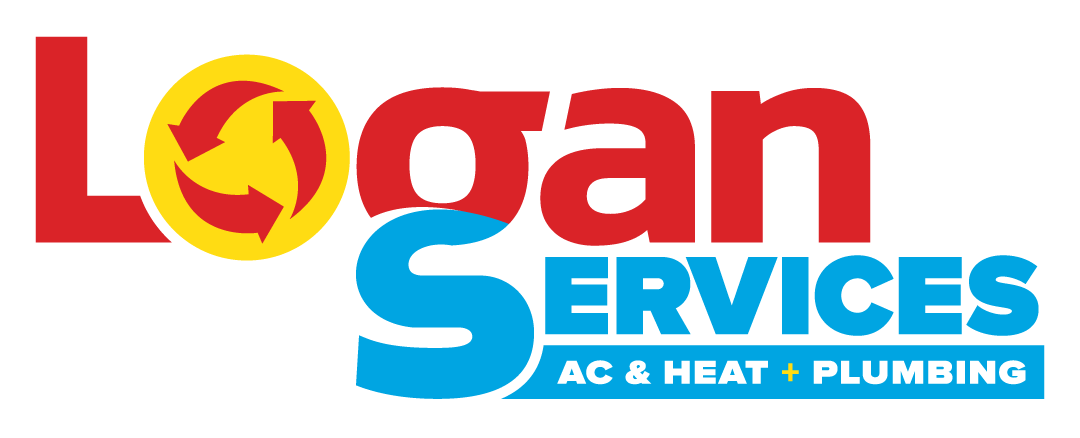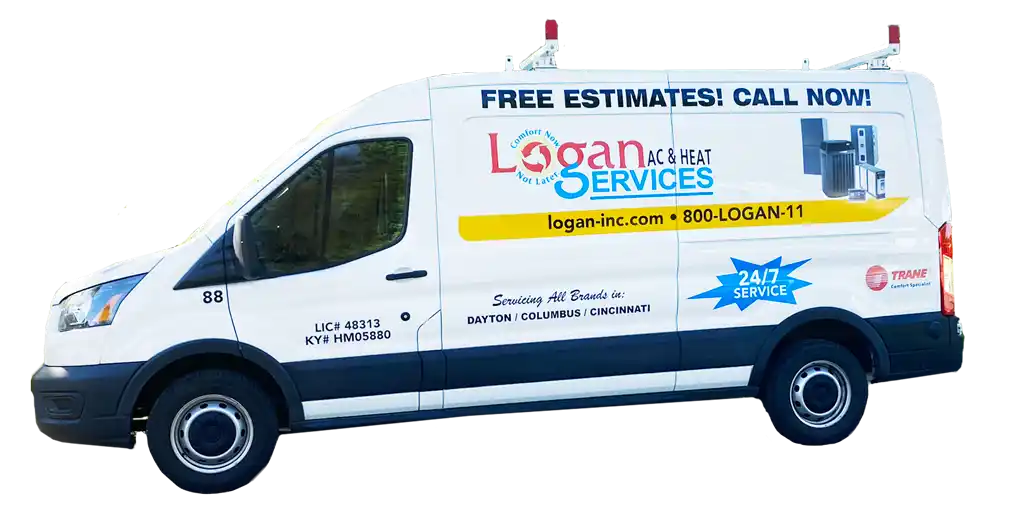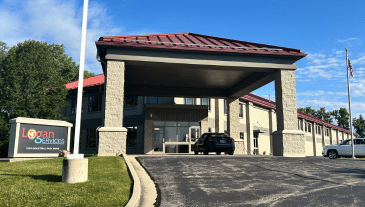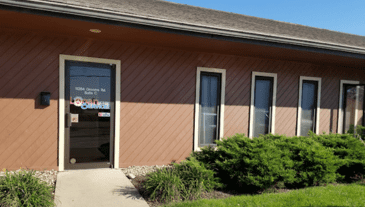Understanding how your furnace works and being able to locate key components like the thermocouple can make troubleshooting issues much easier. This guide will walk you through step-by-step how to answer the question: Where is the thermocouple on a furnace? It will review both gas and electric furnace models.
What is a Thermocouple?
A thermocouple is a small flame sensor inside your furnace made up of two different metals joined together under an access cover. It generates a small electrical voltage based on the ambient temperature of the pilot light flame. Your furnace has safety sensors like the thermocouple that require this electrical signal to keep the gas valve open and allow fuel to continue flowing to the burner.
If the pilot light goes out or the thermocouple fails, the gas valve will shut off the fuel supply as a safety precaution. Locating and replacing a bad thermocouple sensor behind the furnace access cover is an important maintenance task for furnace owners to ensure proper and safe operation.
Checking Gas Furnaces
Gas furnaces have more readily accessible thermocouples compared to electric models. Here’s what to look for:
Accessing the Interior Components
Begin by visually inspecting all exterior sides and front faces of the furnace for thin sheets of metal or plastic material that appear removable. These access panels are typically found on the side, back, or front of the unit. They may be flush with the rest of the furnace cabinet or have slight protruding edges.
Look closely for screw heads in the corners or perimeter that indicate a panel secured over that area. Some may also have sturdy metal latches or clasps centered along one edge.
When you locate the panel, take care to gently pry open any stubborn access covers using a screwdriver if necessary. Once detached, set aside the panel to enable peering inside at the burner assembly components, which include the thermocouple sensor and wiring.
Importantly, be absolutely certain to first cut electrical power to the furnace at your main circuit breaker panel. Switch the circuit to OFF for the furnace before accessing any interior components to avoid hazardous shock or electrocution risk. Then, proceed safely inside the unit to find the thermocouple.
Locating the Thermocouple
Once you have opened the exterior access panel, identify the pilot light assembly inside the furnace. It will resemble a small metallic spout or nozzle protruding alongside the main burner rings. Look for a thin metal rod about the width of a wire extending from the base of the pilot nozzle.
Follow where this metallic rod leads along the interior wall or plate divider to a central control box area. Here, you should find wiring terminals or a valve with threaded fittings where the thermocouple terminates. The opposite end remains embedded in the pilot flame at the other end.
Visually trace the thermocouple rod wiring path from the start to the end terminal. Inspect points along the length for any loose, broken, or corroded connections. Also, examine where the wire tip inserts into the pilot base. Verify it is undamaged without cracks or gaps that could prevent heat transfer.
Finally, inspect the opposite end fitting directly wired into the gas valve or switch terminals for leaks. This threaded junction, prone to loosening over time, must remain gas-tight and mechanically stable for the thermocouple to operate reliably over years of heating cycles.
Pilot Light vs Hot Surface Igniter
Some modern gas furnaces use a hot surface igniter instead of a standing pilot light. But they function similarly, lighting the gas burner when heat is called for.
Hot surface igniters heat to over 1,000°F to initiate combustion, so look for:
- White ceramic igniter glows orange when active
- Wired to an electrical plug
Otherwise, you’ll find a small, constantly burning pilot flame used to start the process instead.
Checking Electric Furnaces
Locating the thermocouple is more difficult in electric furnaces but still accessible behind panels.
Gaining Internal Access
Electric furnaces do not rely on precise air ventilation control behind panels, which allows for fewer exterior service covers. However, there are still access points if you know where to look.
Examine the exterior cabinet close to where the electrical conduit and wiring first enters the furnace. Trace the electrical lines as they route into the machine for signs of a junction box panel. This may present itself as a small sheet metal square about the size of one outstretched hand, often with screw heads visible around the border.
If no panel is evident, look for electrical knockout holes spaced intervals along the furnace sides. These void circular cutouts allow threading wire through the casing. You will need to remove the plugs by prying them gently with a screwdriver.
Once you gain access either through a wiring panel or knockout hole, peer inside using a flashlight at the heating elements and wiring. Scan for the thermocouple lead and trace its path through the internal furnace body.
As always with electrical appliances, carefully shut off all power at the breaker box before attempting to access any interior components to avoid hazardous shock, and disable the heating breaker switch before proceeding.
Locating the Furnace Thermocouple
Once you’ve gained internal access to the electric furnace, visually scan the interior space with lighting and take note of any gas pipes or brass-toned manifold fittings. These direct propane or natural gas to produce the pilot ignition flame.
Seating into this brass manifold should reveal a pencil-width metallic rod wiring extending vertically to a switch junction. The thermocouple tip starts inside the pilot flame for heat sensing down below. It then routes up into safety switch terminals some inches away that cut power if ignition fails.
You may also see electric heating coils cast from heat-resistant metals in a winding pattern resembling coiled loops of wire. These take the place of gas jets in burning fuel for an electric alternative. Yet the pilot assembly relying on the thermocouple persists in igniting flames to start heating cycles.
Mentally trace the thermocouple’s copper sheath from the tip embedded in the pilot burner down low to the wire terminating at the switch up high. This acts the same as with a gas furnace’s thermocouple in enabling safe ignition, so visual paths help monitor functionality. Focus inspection along its length.
Replacing Furnace Thermocouples
If your inspection reveals a damaged thermocouple, follow these tips for replacement:
Step 1: Turn Off the Power and Fuel Supply
Shut off electricity to your furnace at the main breaker panel. Then, turn off the external gas valve supplying the fuel if applicable.
Step 2: Remove Old Thermocouple
Unscrew the thermocouple from the gas valve/thermostat control. Pull firmly to detach it from the pilot assembly. Use pliers if the nut feels stuck.
Step 3: Install New Thermocouple
Screw in the replacement part by hand until firmly seated, then tighten with a wrench. Ensure the tip with the sensing probe extends into the pilot flame.
Step 4: Carefully Check for Leaks
Turn on your fuel supply and use a leak detector solution to inspect all gas fittings. Bubbles indicate escaping gas. Tighten connections if necessary.
Never ignite a pilot or operate electric heating elements without first checking for leaks. Gas leaks can cause deadly explosions.
Finding and replacing the thermocouple is well within DIY territory for most homeowners. Just take appropriate precautions when working with electrical or gas systems.
Identifying the thermocouple location in gas vs electric furnaces takes some exploration. But with the interior access panels removed, they stick out noticeably next to the pilot or heating elements.
Relight your furnace pilot, test for gas leaks, and try firing it up after finishing repairs. With a functioning thermocouple properly calibrated and maintained, your furnace should ignite smoothly and safely when heat calls.
The Logan Difference
Logan A/C & Heat is a family-owned and operated business with over 15 years of proudly serving our community. We take HVAC services personally and hold our technicians to high standards through extensive training programs for maintenance, installation, and repair.
We focus on equipping our people with the knowledge to diagnose issues right the first time. That includes ensuring we have all the necessary parts and tools before visiting your home so there’s no frustration or delays. Clear communication and education drive our process from quoting through project completion as well.
Our experienced installation crews utilize comprehensive checklists to guarantee every system meets strict standards for operation, workmanship, and cleanliness. We stand behind our 100% satisfaction promise on all installations.
At Logan A/C & Heat, we strive to build trust by taking ownership throughout the process. We help homeowners handle all aspects from permits to warranties, eliminating headaches so new comfort solutions can be enjoyed for years. Our comprehensive support from start to finish makes the Logan Difference.
Frequently Asked Questions (FAQs)
How often should I replace my thermocouple?
Most thermocouples provide reliable service for 5-10 years. You’ll know it’s time to replace yours if the pilot keeps going out or your furnace fails to ignite despite power/fuel being on.
Why does my pilot keep going out?
If a gas furnace pilot light won’t stay lit, the thermocouple is likely failing. A loose wiring connection, low gas pressure, or blocked flue can also cause pilot outages.
My gas furnace ignites but won’t stay on – why?
When a gas furnace successfully lights but then shuts down, a temperamental thermocouple failing to hold the valve open is the most common cause—time to replace it.
Do I need a professional to install one?
Handy homeowners can replace their own furnace thermocouples with proper safety precautions. But if you don’t feel comfortable working with gas fittings or wiring, hire a local HVAC technician.




















